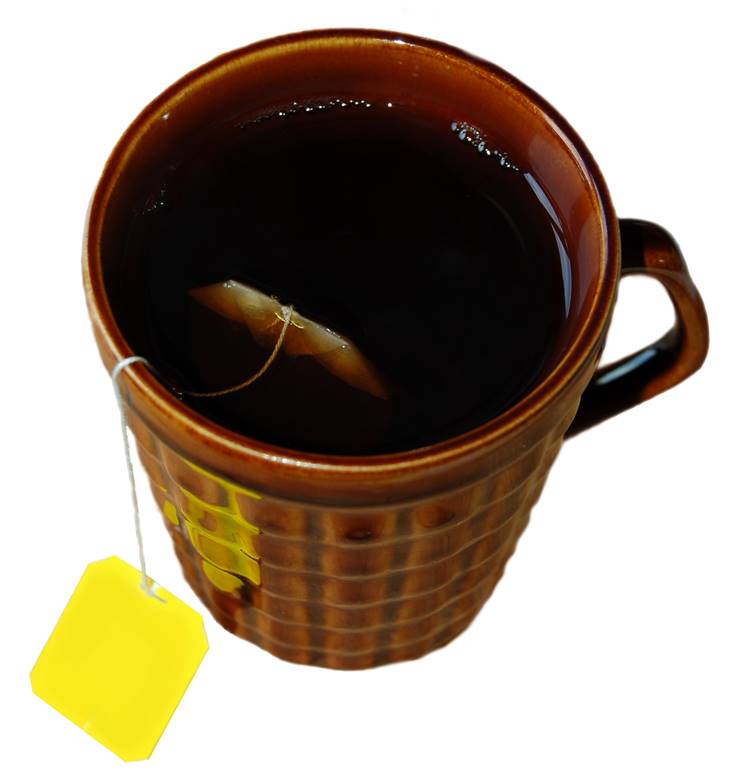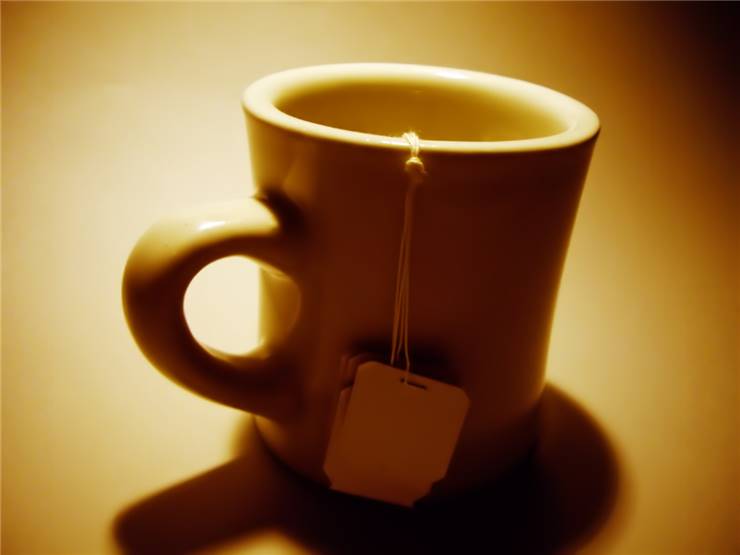Truth About Caffeine Content in Tea
As many teas comes from the leaves of the Camellia sinesis plant which naturally contains caffeine, many teas contains caffeine (black, white, green, oolong, pu-er etc). Caffeine is found in various other plant species, such are yerba mate and guaraná. Herbal and fruit teas don’t contain caffeine (exceptions are possible depending on the plant type). Rooibos, honeybush, chamomile and other herbal varieties are caffeine free.
In 1827, caffeine was isolated from tea and called "theine".
Tea is common source of caffeine, but its effect on humans is milder and more gradual than from coffee. The caffeine content in the dry tea leaves is higher than the same in coffee beans, but after preparation, a single cup of coffee contains more caffeine than a single cup of tea of the same size (usually about half as much). Caffeine content depends on the strength of the brew, and a usual portion of tea contains much less caffeine than coffee because the tea is usually brewed more weakly.

It is also known that caffeine content in tea metabolizes differently in the body than the caffeine in coffee. This is mainly explained by the fact that tea contains a large amount of tannins that slow the absorption of caffeine. Especially green tea contains large amounts of catechin tannins (10-25%). A cup of tea contains lesser amounts of caffeine than coffee, but the tannin content is much higher. Tannins are known to have anticancer and carcinogenic properties and decrease the digestibility of proteins.
Certain types of tea, such as black and oolong, contain somewhat more caffeine than most other teas. Green tea contains less caffeine than black tea and white tea contain less than green. But many studies found that the caffeine content varies more among individual teas than it does among broad categories.
The caffeine content of tea varies widely from one tea to the next. So it is not easy to make generalizations about the caffeine content of broad categories of tea.
Tea can be made from different parts of the tea plant, and these parts contain different level of caffeine. Because caffeine is a natural pesticide the younger leaves have more caffeine than the more mature tea leaves.
The intensity of the infusion, the type of tea, soil texture, climate, elevation and processing techniques, all play a role in how much caffeine the tea leaf produces.
There is no relationship between the color of tea and caffeine.
Caffeine content in different types of teas:
Black tea contains the highest caffeine content of around 40 to 75 mg per 8 ounce cup.
Oolong teas contain approximately 45 mg of caffeine per 8 ounces cup.
Green tea contains only 15 to 30 mg of caffeine content per 8 ounces cup.
White tea contains around 15 to 20 mg of caffeine per 8 ounces of tea.
Instant tea contains average 12 to 30 mg caffeine per 8 ounce cup.
Herbal teas contain 0 mg caffeine.
Black teas are fully fermented and have higher caffeine contents than other teas.
Green tea is not oxidized or fermented and because that it have much less caffeine than black teas.
Oolong tea is semi-fermented and has a rich taste, but it is also much lower in caffeine than black tea.
White tea is less processed than other teas and it is lightly self-fermented, because that its leaves have their own special health elements and less caffeine.
The decaffeination process of tea effectively removes about 97% of the caffeine content, leaving approximately 2-5 mg in a cup of tea.
There is difference between figures are per cup and figures per serving. The definition of a cup of tea varies in different regions or countries. For Japanese, a typical cup of tea may contain only 100 ml (3.5 ounces). A traditional European cup holds approximately 125-150 ml (5 ounces), while for other tea cup may contain 235 ml (8 ounces) or more.

Generally, caffeine contain of tea is difficult to define, because different studies have found that the caffeine content of any given cup of tea varies. (Caffeine content varies and all this information provides only a general guideline)
Note: All figures are approximate, this site does not provide medical advice, diagnosis or treatment.

